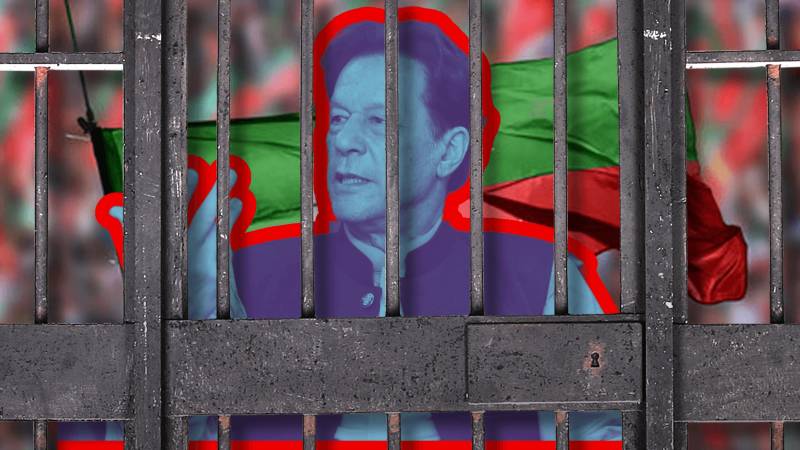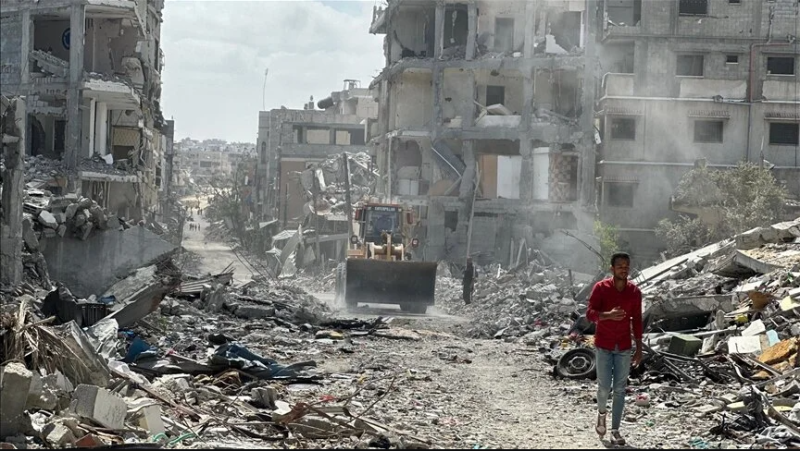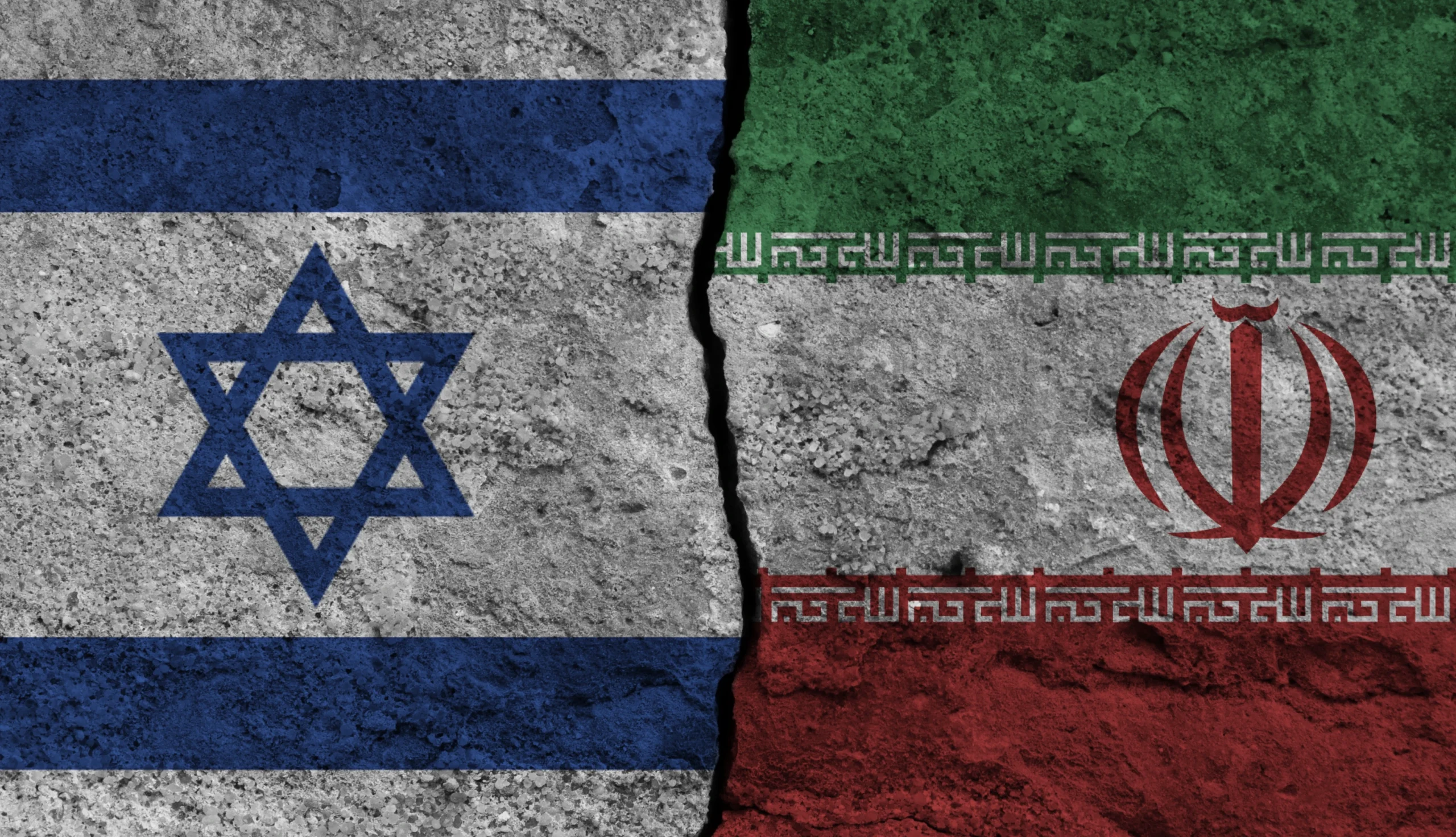The unexpected collapse of Bashar al-Assad’s regime in Syria marks the final chapter in a nearly 14-year-long conflict that has claimed hundreds of thousands of lives, displaced millions, and left the country deeply fractured. The sudden downfall of Assad, once seen as an entrenched autocrat, has shocked both Syria and the international community. This event comes after years of escalating violence, shifting alliances, and a protracted struggle that saw the involvement of multiple global powers, resulting in widespread devastation and unprecedented suffering.
The roots of the conflict can be traced back to 2011, when peaceful protests against Assad’s government ignited in the southern city of Deraa. Initially spurred by calls for democratic reforms, these protests quickly spread across the country. Assad’s brutal response—met with violent crackdowns, arrests, and shootings—triggered a wave of defection from the military and growing support for the rebellion. What began as a peaceful movement soon transformed into an armed insurgency, with factions ranging from moderate opposition groups to Islamist extremists. The uprising gained the backing of various foreign powers, including Western nations, Arab states, and Turkey, all eager to topple Assad and influence the future of Syria.
By 2012, the conflict had escalated significantly, with rebel groups gaining momentum in various regions of the country. The situation became even more complex when al-Qaeda’s affiliate, the Nusra Front, entered the fray, further fracturing the opposition. While international powers convened in Geneva in an effort to broker a political solution, divisions among the global powers led to deadlock. Assad, meanwhile, escalated his military campaign, utilizing air strikes to target opposition-held areas, resulting in countless casualties and the further militarization of the conflict.
As the war dragged on into 2013, new threats emerged. Hezbollah, the Lebanese Shiite militant group backed by Iran, became increasingly involved in supporting Assad’s forces, particularly during the pivotal battle for the town of Qusayr. Despite warnings from the United States about the use of chemical weapons, a horrific gas attack in eastern Ghouta resulted in the deaths of hundreds of civilians. Yet, despite the international outrage, no substantial military intervention followed, highlighting the complex geopolitical interests that played out over the course of the war.
By 2014, the Syrian conflict entered a new phase with the rise of the Islamic State (ISIS). The extremist group seized large swaths of territory in Syria and Iraq, establishing Raqqa as its de facto capital. In response, the United States formed an anti-ISIS coalition, conducting air strikes to assist Kurdish forces on the ground. Meanwhile, the Syrian government continued to battle not only the rebels but also the growing ISIS presence, resulting in a highly fragmented conflict.
In 2015, Russia’s intervention in Syria marked a major turning point. President Vladimir Putin’s decision to send air forces to support Assad was a game-changer. The Russian intervention, combined with the continued assistance of Iran and Hezbollah, shifted the momentum of the war in Assad’s favor. With Russia’s help, the Syrian army reclaimed key territory, including Aleppo in 2016, a pivotal victory that marked the beginning of the end for the opposition. This victory was a significant blow to the rebels, many of whom had relied on foreign support and fragmented alliances.
The years that followed were marked by regional powers—Turkey, Iran, and Israel—each pursuing their own interests in Syria. While Turkey sought to curb Kurdish influence along its southern border, Iran and Hezbollah bolstered Assad’s control, ensuring his grip on power. Throughout this period, the United States maintained a presence in the country, particularly in the northeast, where Kurdish-led forces continued to fight ISIS, though relations with Turkey were strained.
By 2020, Assad had regained control over most of Syria’s major cities, with only small pockets of rebel-held territory remaining in the northwest. Despite his apparent victory, Assad’s regime was weakened by the ongoing humanitarian crisis, economic collapse, and international sanctions. The situation was further complicated by the evolving involvement of global powers, including the growing influence of Russia and Iran, and the ever-present threat of ISIS and other extremist groups.
However, the geopolitical landscape shifted once again in 2023, following the Hamas attack on Israel and the subsequent Hezbollah-Israel conflict. The regional tensions from this conflict gradually undermined Assad’s position in Syria. Hezbollah, already a key player in supporting Assad, faced significant losses in the aftermath of its involvement in the Israel-Lebanon conflict. This strained their resources and further diminished their presence in Syria, depriving Assad of one of his most vital allies.
In early 2024, the rebels launched a decisive new offensive on Aleppo, a city that had long been a symbol of resistance. With Assad’s military stretched thin and his foreign allies distracted by regional conflicts, the Syrian army quickly collapsed under the pressure. Within a matter of days, rebel forces had captured much of the country, including key cities like Homs, Deraa, and Damascus. Just eight days after the fall of Aleppo, Assad was forced to flee the capital, marking the official end of his rule.
The collapse of Assad’s regime is the culmination of a conflict that has destroyed Syria and left its people in ruins. The war has killed over 500,000 people, displaced more than half of the population, and created a humanitarian catastrophe that persists to this day. While the rebel victory has been celebrated by some, it raises numerous questions about the future of Syria and the complex web of international involvement that shaped the course of the war.
Looking back, the failure of international diplomatic efforts to resolve the conflict early on, coupled with the divisive involvement of foreign powers, has been a major factor in the prolonged nature of the war. The lack of a coherent political solution, combined with the fragmentation of the opposition and the heavy involvement of extremist groups, meant that the conflict became intractable and destructive.
Now, as Syria begins to emerge from the ashes of this brutal civil war, the question of what comes next remains uncertain. The country is left with deep divisions, a shattered infrastructure, and a population that has been traumatized by years of violence. While Assad’s downfall marks the end of an era, it is also a moment of profound uncertainty. The struggle for Syria’s future is far from over, and the path to rebuilding will be long and fraught with challenges. The legacy of this war will be defined not only by the millions of lives lost but by the unresolved questions about governance, reconstruction, and the broader implications for the region.
















